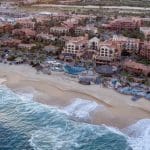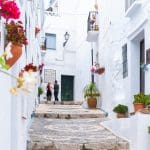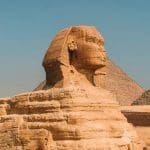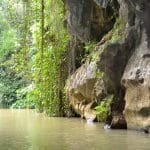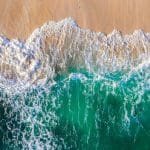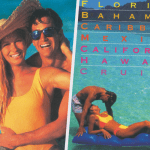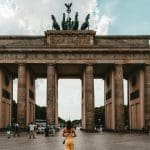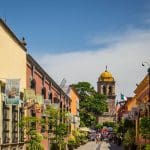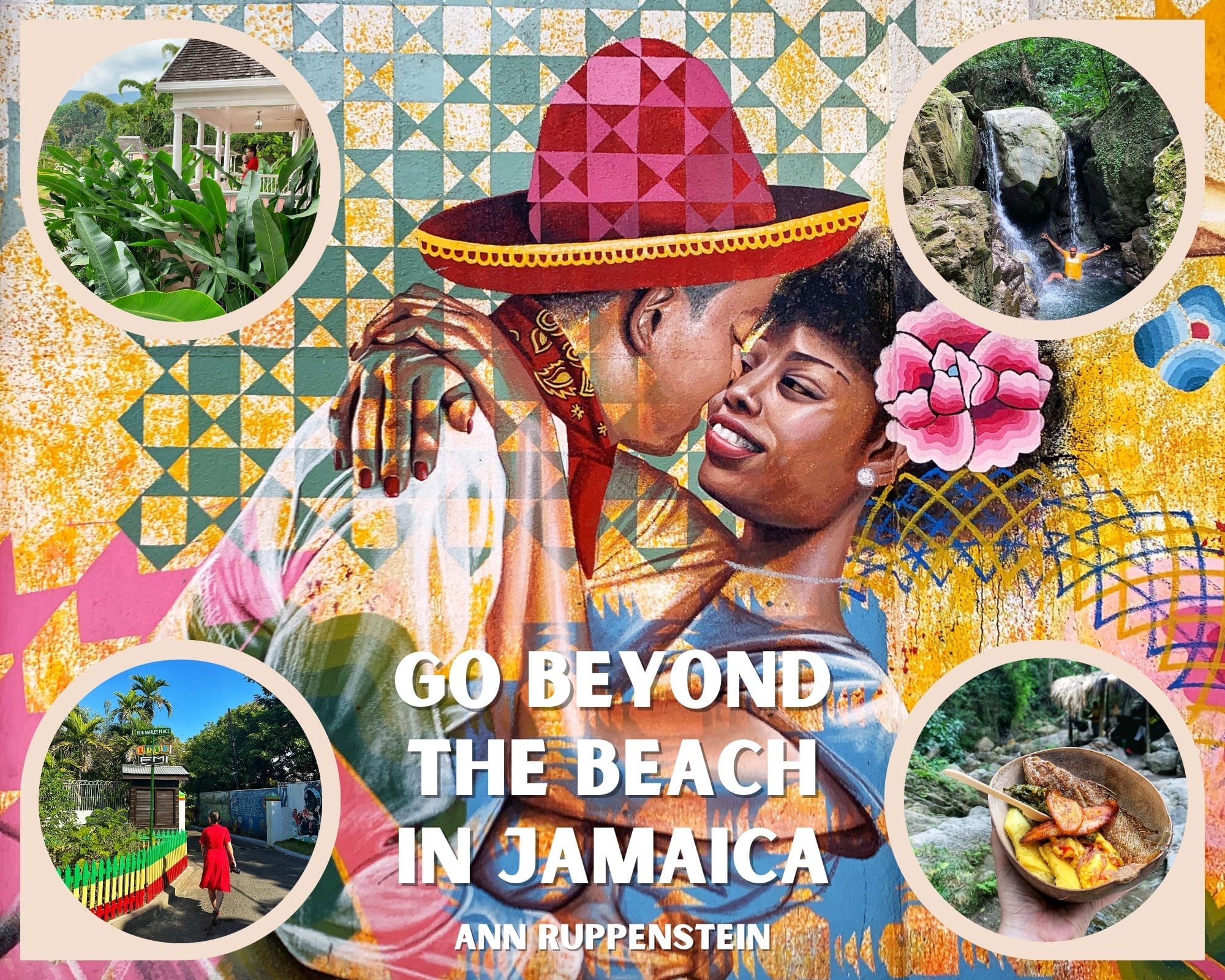
Amidst the vibrant art-filled streets and alleyways of Downtown Kingston, self-taught artist Conroy Green is on day five of creating a new mural for Kingston Creative’s Paint the City project.
Stepping back from his work — his first major solo mural — he explains that the piece represents revivalism and linking modern society with its culture and heritage.
“The concept of this mural is the culture of Jamaica represented by dancing and singing. I took an approach on spirituality because I believe we’re a culture evolved from this,” he shares. “This is somewhat taboo, it isn’t necessary at the forefront of our culture today, but it’s very much a part of who we are — praise and worship, stuff like that.”
Green’s work is one of over 60 pieces that have been created to date as part of the initiative by nonprofit arts organization Kingston Creative. The goal is to transform the area into a vibrant art district and to stimulate growth in the creative economy.
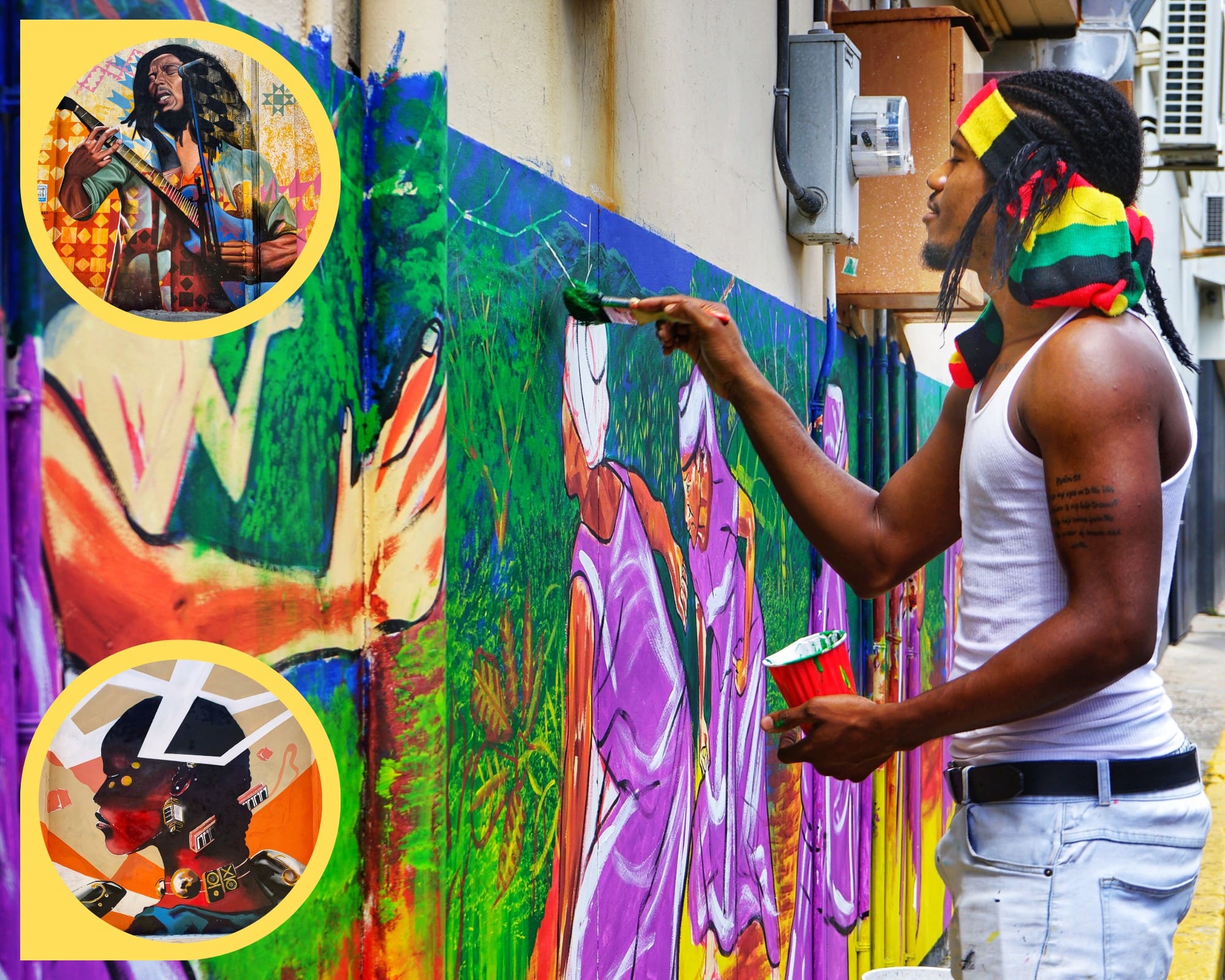
“They’re working to change the narrative of Kingston. They’re working to bring back business, bring back attractions,” explains Sedrecia Francis, media relations officer for the Jamaica Tourist Board based in Kingston. “The murals depict everything that’s a part of our culture.”
Francis says projects like Kingston Creative and hotel development by brands like ROK Hotel Kingston, Tapestry Collection by Hilton and AC Hotel by Marriott are changing the misconception of Kingston as an unsafe destination for travellers.
Along with a mural tour along Water Lane, the main hub of Paint the City, Kingston Creative also offers culinary and music themed tours.
Coming out of the pandemic, Angella Bennett, Canadian Regional Director for the Jamaica Tourist Board, tells Travel Courier that Canadians are craving more authentic experiences and combining a beach escape with a visit to Kingston and the Blue Mountains gives travellers the opportunity to get off the resort to make deeper connections.
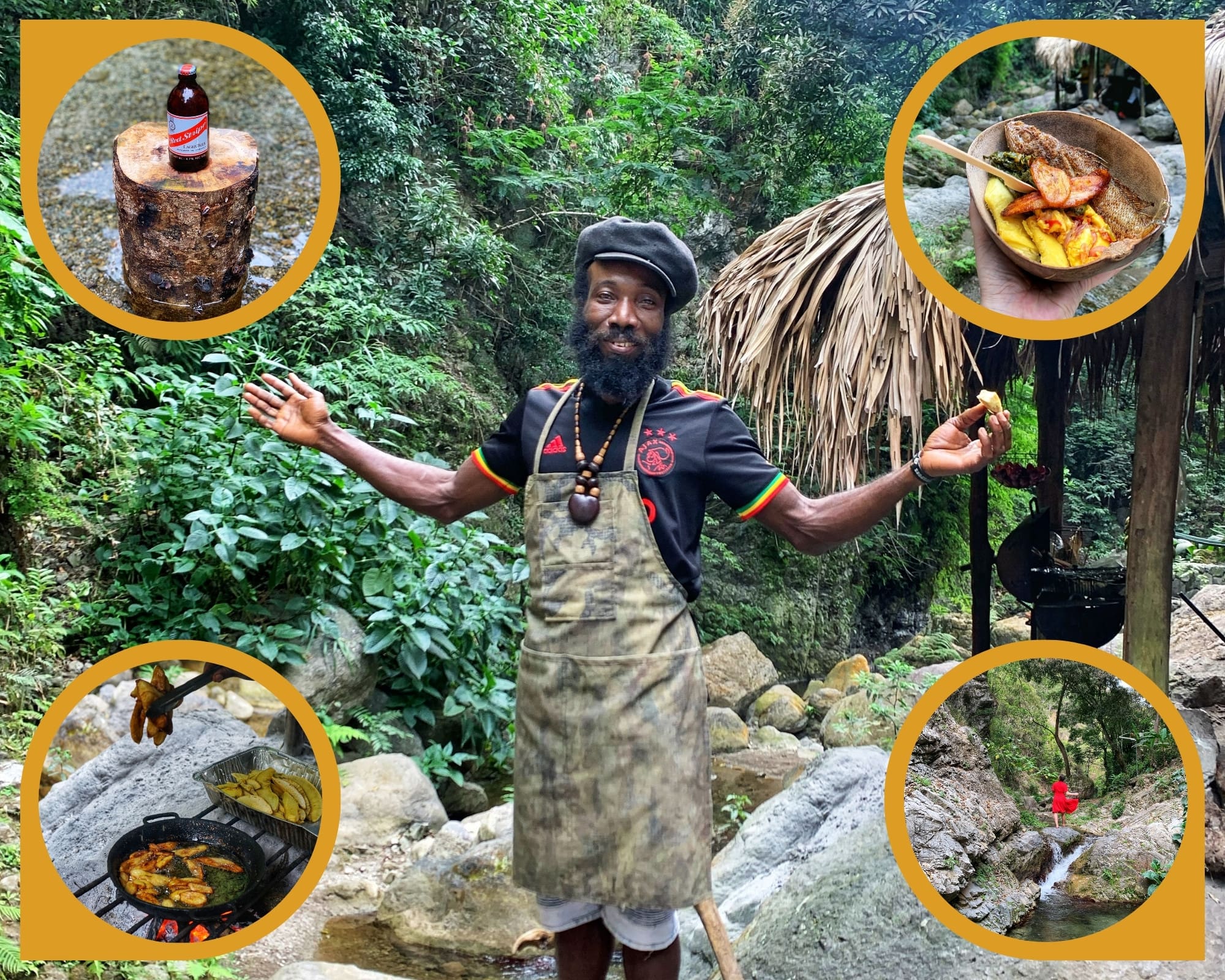
Ask Omar Edwards where his riverside eco-friendly restaurant is located, and he’ll say it’s “pretty close — not too far” from Kingston. Edwards, who is better known as Ramo (that’s Omar spelled backwards), started the aptly named Pretty Close 876 restaurant in late 2019. After a pandemic setback, he’s back up and running serving up dishes like fried breadfruit, fried or steamed fish, ackee, plantain and callaloo.
“It’s about sharing nature with people. It’s an eco-friendly thing I’m trying to create. I want to keep it as natural as possible,” he says. “We only cook rice and peas on Sundays. During the week we do breadfruit, veggies… anything I feel like cooking that day.”
Originally a carpenter by trade, he designed the riverside dining spots and thatched huts. The concept is all about creating no waste by using dried calabash gourds as plates, wooden forks as utensils and tree stumps as seats.
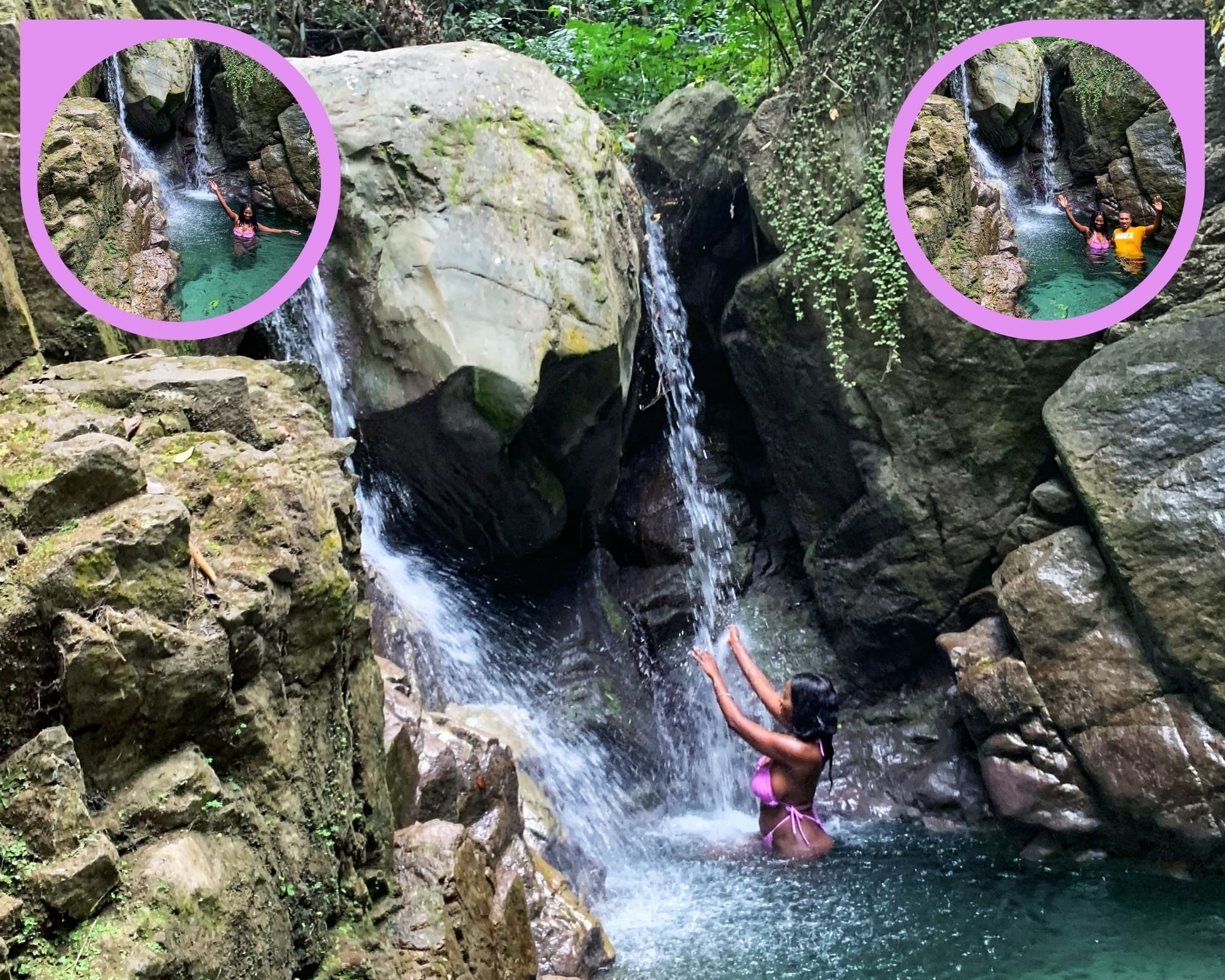
After lunch or dinner, there are multiple waterfalls on site to visit and cool off in, which also make for great photos.
Notably, Nicola Madden-Greig, president of the Caribbean Hotel and Tourism Association and chairman of the Gastronomy Tourism Network in Jamaica, points out that diversifying the tourism offering with things like farm-to-table dining experiences allows visitors to better connect with the destination.
“The authenticity is not just in the sun, sand and sea,” she adds.
For a meal option in the city, M10 Bar and Grill is a multi-award winning open air restaurant serving dishes like fish in coconut sauce, jerk chicken, spicy curried shrimp with classic sides like festival and bammy. For dessert, hit up Devon House for ice cream available in flavours like Devon stout, coconut and guava.
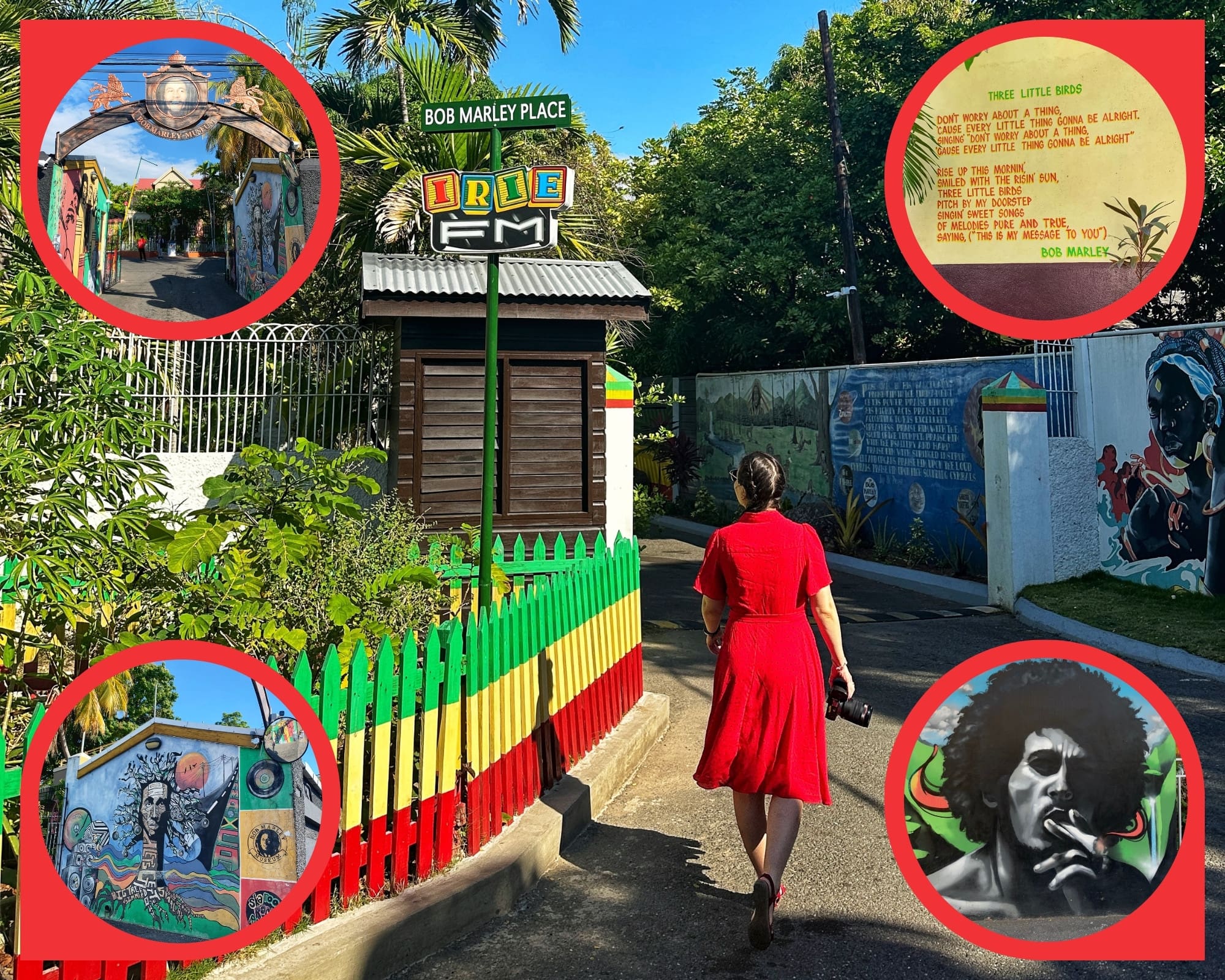
For a man who passed away at age 36, Bob Marley had a profound impact on not only Jamaica but the world. Today, Marley’s former home for the last eight years of his life has been transformed into the Bob Marley Museum in Kingston. There are rooms filled with memorabilia like gold and platinum records and old ticket stubs, while others feature photos of Marley smoking a joint or playing soccer. The interior of the home is nothing fancy, but storytelling makes the place truly come to life with guides like Stephan Lemaire, a recording artist who goes by the name 5 Star, who share details and insights about the legendary musician.
“That door there led to Bob’s original studio. Bob recorded songs like Buffalo Soldier, songs like Redemption Song, all back there,” he says, pointing to the door with a recording sign hanging above it. “I can see a look on your faces like you want to go inside. If you want to go inside, let me hear you say ‘ya man!’”
Lemaire points out that the Legend album, his greatest hits compilation, “is still on the charts today — so this has been on the charts for longer that Bob Marley was alive.” The tour takes visitors to the spot where Marley wrote the hit song Three Little Birds and the location in the back of the house that still has evidence — including dried blood and bullet holes — from the assassination attempt on his life.
“Rita, Bob’s wife, got grazed in the back of her head by one bullet and Bob got grazed in his chest by that same bullet lodging in his elbow,” he says. “Doctors told him that if they pulled out that bullet it may damage the nerves in his arm and paralyze it — so he wouldn’t be able to play his guitar again — so he told them to leave the bullet. And he never took it out.”
The visit concludes with a movie documenting interviews about Marley’s cancer diagnosis and his final performance five years after the incident. The newest addition to the site is Marley Natural, a boutique offering cannabis products and accessories.
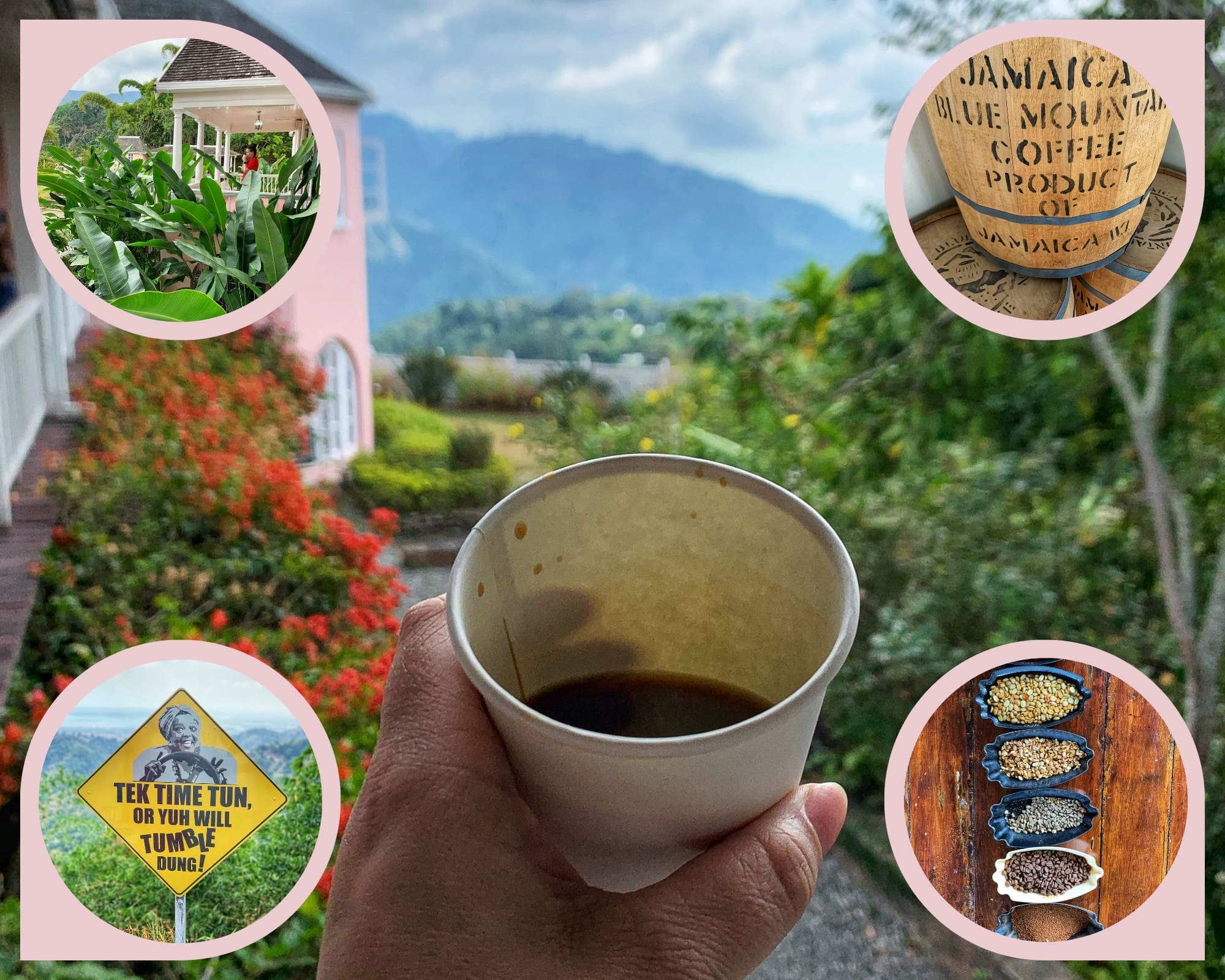
Ever wondered what goes into creating the perfect cup of coffee? Up in the Blue Mountain range lies the 200-year-old Craighton Estate great house. Tours cover the history of coffee and get into why the micro-climate region — some 2,600 feet up sea level — makes for an ideal location for coffee production as it’s always seven to 10 degrees cooler than the rest of the island with a predictable climate.
Guides like Alton Bedward, a tourism and coffee professional, will share stories about the rise and fall — and rise again of coffee — as something that was once outlawed and referred to as the devil’s brew, then thought of as the drink of choice for revolutionaries and even custom for women to learn how to prepare in some cultures to woo future in-laws and potential suitors.
“The Blue Mountain range in Jamaica is neither the highest nor is it the largest mountain range in which coffee is born,” he says. “In the context of our island, this is the oldest portion of Jamaica geologically. It’s between 65 and 140 million years older than the rest of Jamaica. It’s the only portion of Jamaica that’s purely volcanic.”
The scenic location provides a great vantage point of the area and a look at traditional Georgian architecture.
Tours wrap up with coffee tastings so travellers can have a cup of Blue Mountain Coffee in the Blue Mountains.





